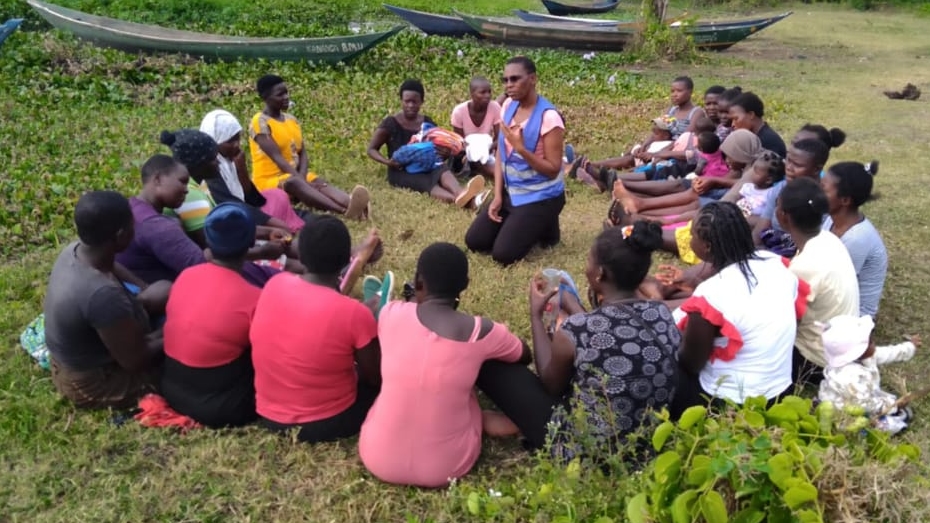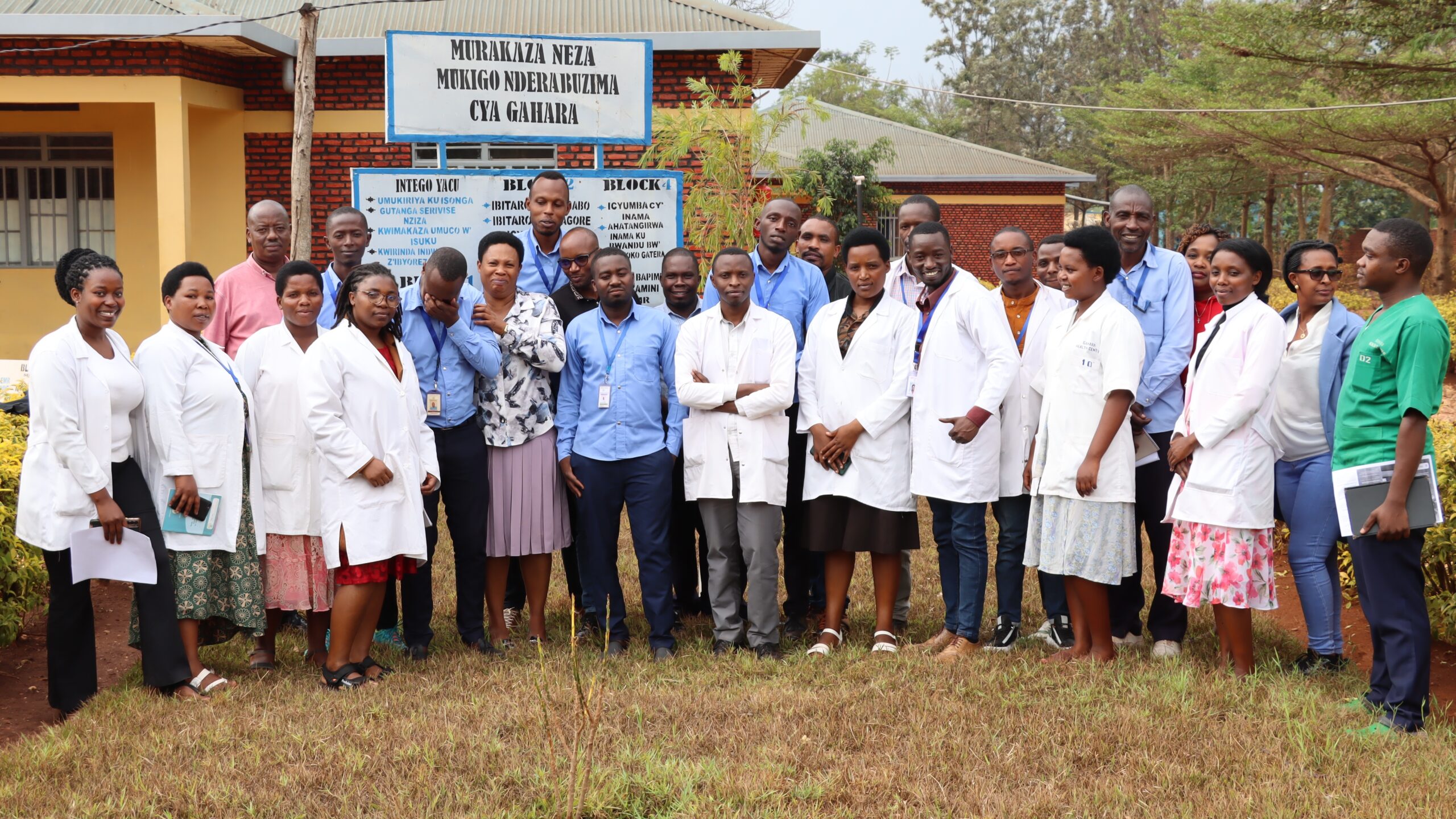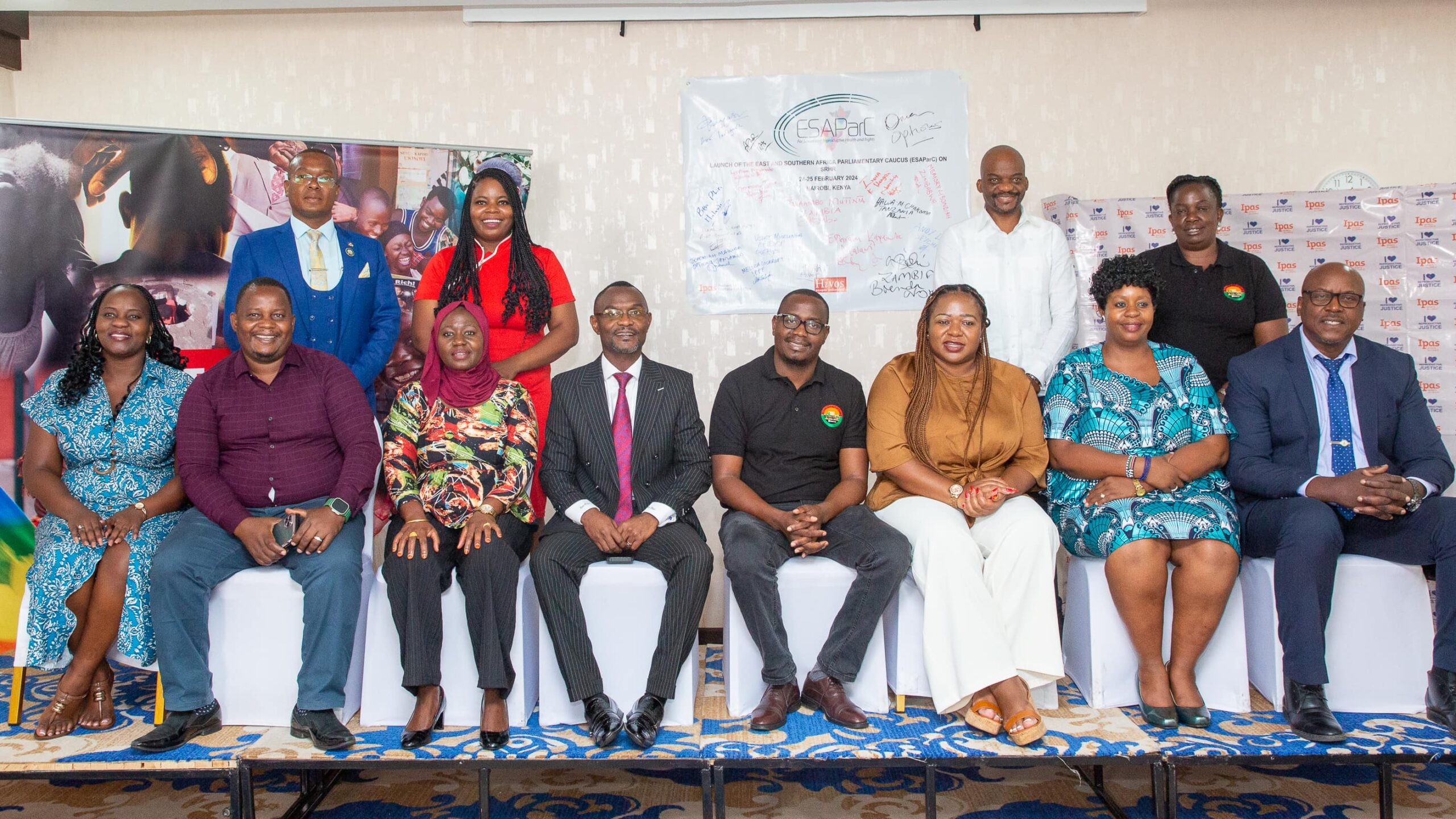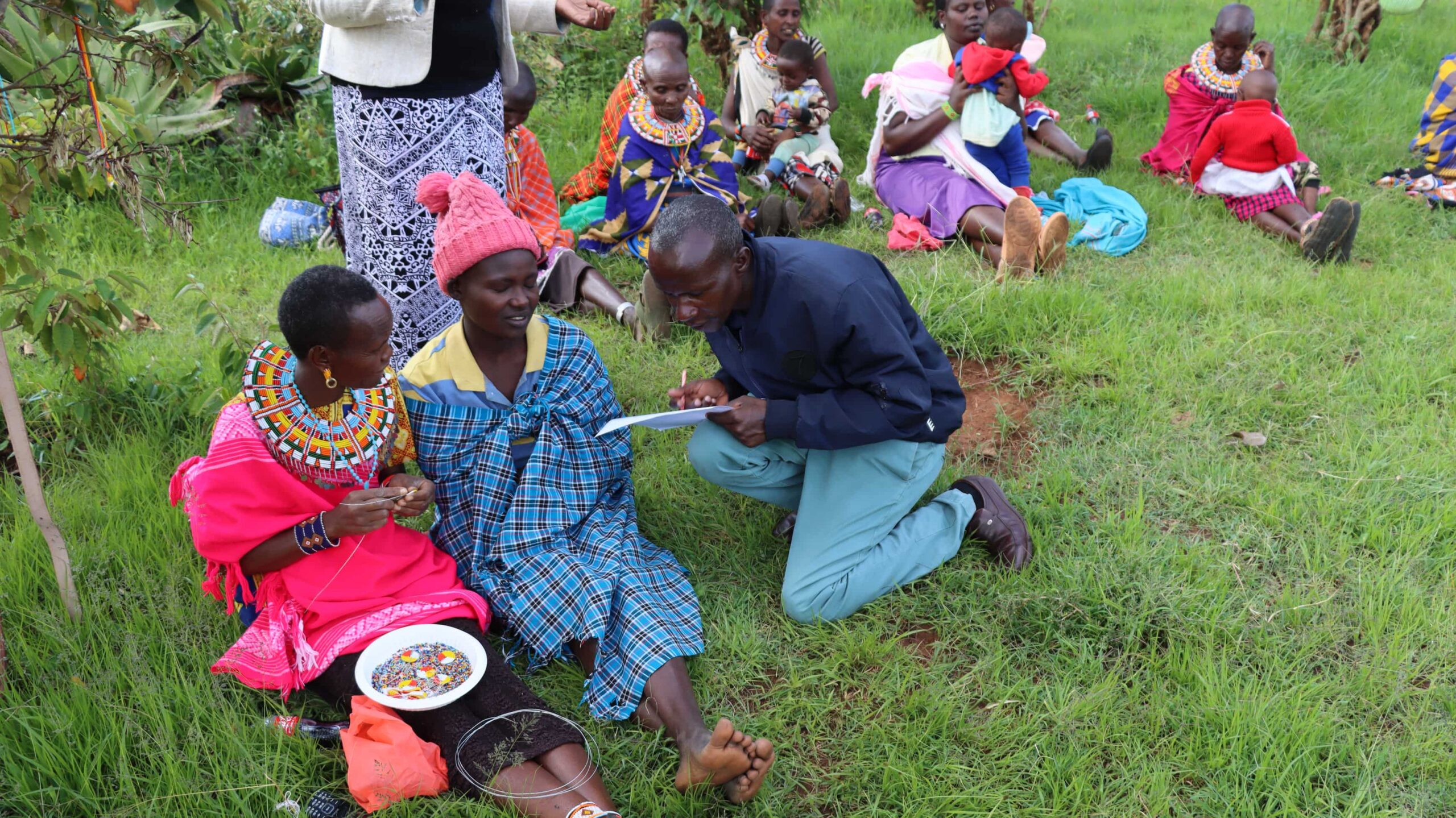Newsletters
News
In March 2025, a broad spectrum of key stakeholders gathered in Mogadishu, Somalia, to discuss how to build a sustainable ecosystem for maternal and reproductive health care. A strategic roadmap emerged from the multi-day event, along with a shared commitment by stakeholders to implement the plan and transform the country’s maternal and reproductive health landscape.
Adolescents in Kenya stand at a critical crossroads, facing what has been aptly termed the “triple threat”: new HIV infections, sexual and gender-based violence (SGBV), and teenage pregnancies. Each of these challenges alone poses a significant barrier to the health, safety, and potential of young people. Together, their intersection creates a dangerous web of vulnerabilities that threaten to derail an entire generation.
Period poverty remains a pressing challenge in Kenya, disproportionately affecting teenage girls in rural areas. According to research by the Ministry of Health, 54% of Kenyan girls face challenges accessing menstrual health management (MHM) products, and 65% still lack sustainable access to safe menstrual products. This crisis derails their education, exposes them to early marriages, and perpetuates the cycle of poverty.
In the heart of Kenya, from the bustling urban center of Kiambu to the rural landscapes of Kakamega, a quiet revolution in the delivery of medical abortion services (also known as abortion with pills) is taking place through the Medical Abortion Self Use (MASU) project.
In Uganda, as in many developing countries across Africa, low utilisation of modern contraceptives among young people has been attributed to a variety of factors. These include limited access to contraceptive services, negative perceptions, and concerns about side effects.
As Gen Zs across the country were mobilising themselves on social media to push for reforms in government, another set of youth in Homa Bay was using the same platform to advocate for their sexual and reproductive rights (SRHR).
Homa Bay County is experiencing a condom shortage as organisations advocating for sexual and reproductive health rights urge prompt action to stop the spread of HIV infections.
Read about the alarmingly high rates of teenage pregnancies and C-section, as well as HIV infections and gender violence in Homa Bay County.
The government has moved to enforce the ban on services offered by the Traditional Birth Attendants (TBAs) across Uganda.
After being ranked as one of the top counties where the triple threat of an upsurge in gender based violence, teen pregnancies and increased cases of HIV infections, the fight against the menace has received a boost after Ipas stepped in to provide funding to help curb the situation.
According to the report, there is limited knowledge and empowerment on opportunities for women. This casts doubt on the quality and effectiveness of voter education conducted in the county.









